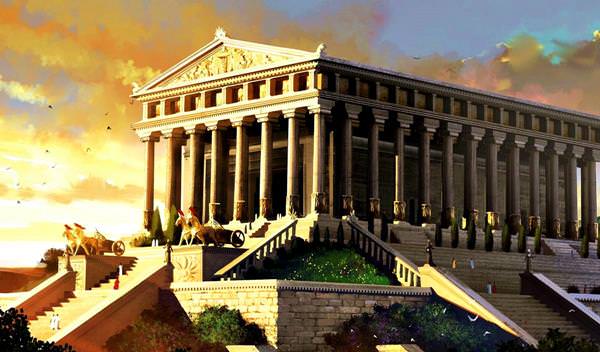
Hofburg Imperial Palace
Situated in the heart of Vienna, Hofburg Imperial Palace was constructed in the 13th century. It functioned as the winter residence for the rulers, while Schonbrunn Palace served as the summer residence. Here's my list of 8 top must-know facts about the Hofburg Imperial Palace.
1. Home to some of Europe's most powerful individuals
The Habsburg Empire proved to be extremely strong and the broadest ruling in Europe because of a number of key factors such as strategic marriages and warfare. The Habsburgs succeeded in amassing a vast fiefdom prior to the dynasty finally falling in 1918.
2. The Hofburg resembles a city rather than just a palace.
There are, for example, 18 different wings in the palace, and each designed by a different renowned architect. One minute you are admiring Baroque splendor, then another minute you might be surprised by the neo-classical severity. But one fact is certainly constant: everything you see is on a magnificent scale.
3. Wing after wing
Everyone knows what it's like when moving into a new residence -- you have the itch to make changes. Well, the Habsburgs did that for over six centuries! Consequently, the Hofburg Palace became a collection of buildings, home to many wings, halls, libraries, and squares.
4. Heart and soul
Since the Habsburgs ruled for a very long time, many rulers, about 150 bodies of emperors and empresses have found their final resting place in the Capuchin Crypt; their hearts are symbolically bound to the Augustinian Church, and their remains lie in the crypt under St. Stephen's Cathedral.
5. Some sections go as far back to the 13th century.
The oldest parts of the Habsburgs Imperial Palace date back to the 13th century and are found in the Swiss Wing.
6. The palace is home to the Austrian President
Currently, the president of Austria calls the palace his official residence.
7. The palace is probably the largest in the world
With more than 2,000 different rooms, the Hofburg Imperial Palace is most likely the largest existing palace in the whole world.
8. The palace's largest room
The Festival Hall, serving as a throne room, is the biggest room, but never used as such.
It may take anywhere between 3 to 4 hours to tour through the entire palace. Consider visiting the nearby Sissi Museum as well.



